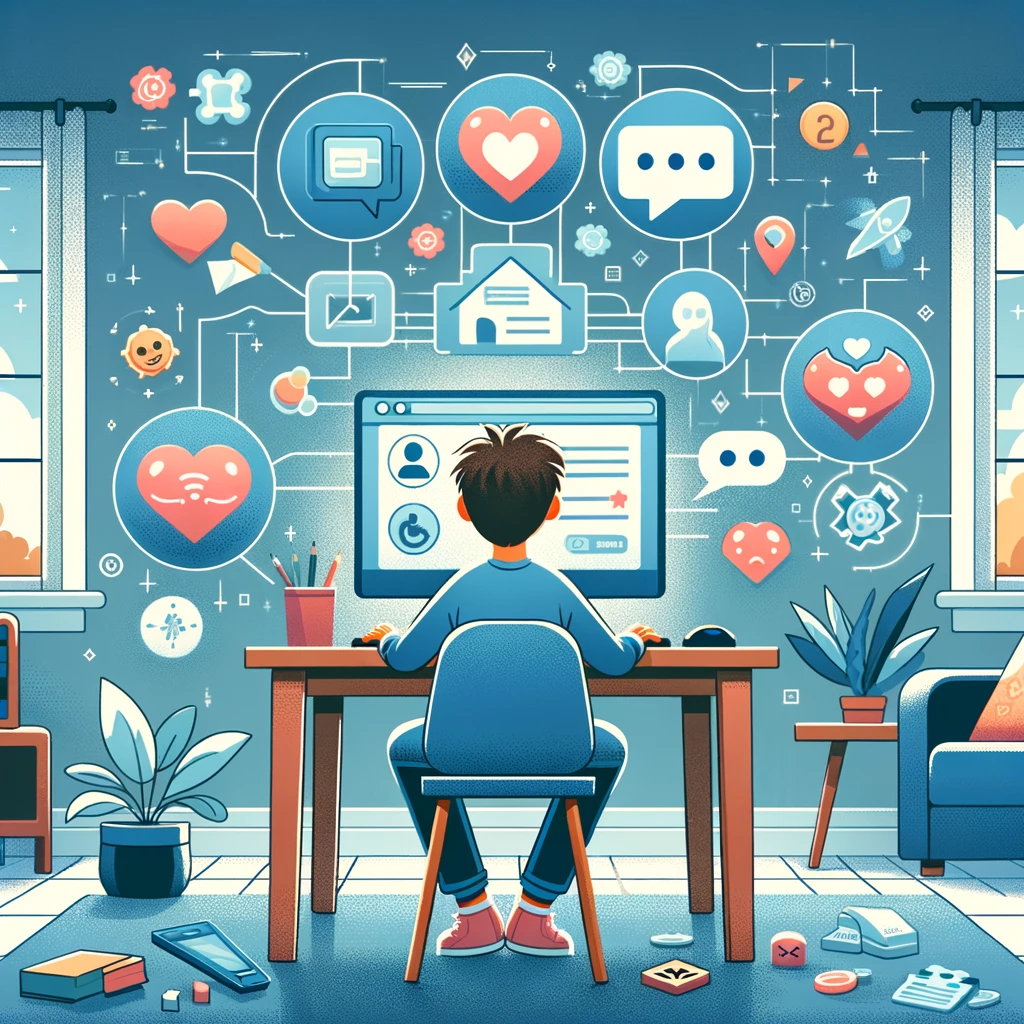The Ripple Effect: How Parental Screen Time Shapes Child Development

In today’s digital era, screens are ubiquitous in our daily lives. It’s not just about how much time kids spend in front of screens anymore; it’s also about the screen habits of parents. The influence of parental screen time on child development is an emerging area of interest, shedding light on how our own digital behaviors shape those of our children.
Modeling Behavior: More Than Just Screen Time
Children are keen observers. They watch and mimic the actions and habits of their parents. This observation extends to how parents use their devices. When a child sees their parent constantly on a phone or tablet, it sends a subtle message about the value and importance of these devices.
The Impact on Communication and Emotional Skills
Face-to-face interactions are crucial for developing strong communication and emotional skills. When parents are often distracted by screens, these valuable interactions decrease. Children miss out on non-verbal cues, emotional responses, and engaged conversation, which are essential for understanding social dynamics and emotional intelligence.
Finding Balance: Quality Time Over Screen Time
It’s not about eliminating screens entirely but finding a healthy balance. Parents can set designated ‘screen-free’ times, ensuring that there are ample opportunities for family interactions without digital distractions. This approach not only benefits the child’s development but also strengthens family bonds.
Screen Time Can Be Learning Time
When used thoughtfully, screen time can be a tool for learning and growth. Parents can choose educational content and engage with their children during screen time, turning a solitary activity into an interactive learning experience.
The Takeaway
As parents, our screen time habits set the stage for our children’s relationship with technology. By being mindful of our screen usage and prioritizing face-to-face interactions, we can positively influence our children’s social, emotional, and cognitive development.
In the end, it’s about leading by example and creating a family environment where screens have their place, but don’t dominate our relationships and interactions.


